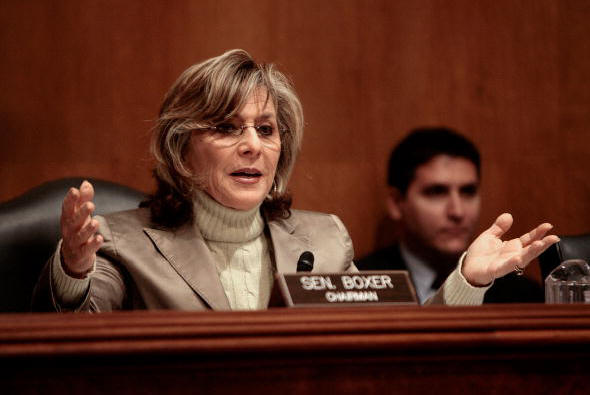
The Surgeon General will issue a new call-to-action next Wednesday that focuses on encouraging cities and towns to design and build their roads and public places to make walking easier, safer and more pleasant.
From an email this morning:
The Call to Action will highlight the significant health burden that exists in the U.S. today due to physical inactivity – contributing to more than 10 percent of the preventable mortality in America today. More specifically, it will make recommendations to a number of key sectors about critical actions they can take to improve community walkability and increase walking throughout the U.S..
 It’s an incredibly noteworthy moment to see the Surgeon General identify this issue as a major public health problem. Issuing an official call is a significant event for the Surgeon General, and rare — only six others have been issued within the last ten years.
It’s an incredibly noteworthy moment to see the Surgeon General identify this issue as a major public health problem. Issuing an official call is a significant event for the Surgeon General, and rare — only six others have been issued within the last ten years.
According to the Surgeon General’s office, only half of American adults get enough physical activity to reduce the risk of chronic disease, which is the leading cause of death in the United States. To address this grim statistic, the Surgeon General and HHS will release a set of recommendations on how to encourage walking and better shape our communities to encourage people to get out and walk or bike more to get around each day.
Communities around the country are seeing the benefits of better walking and biking infrastructure. Nashville’s metropolitan organization recently began considering health criteria as they selects transportation projects. Washington State was the first state to adopt a Vision Zero plan to reduce pedestrian deaths to zero. Making their vision a reality includes not just educating drivers about pedestrian and bike safety but also re-designing streets and roads to slow traffic and give folks walking and biking safe and attractive facilities to use.
We can’t just ask folks to get out and walk more — we need to give them safe and convenient opportunities to do so.
The Surgeon General and the U.S. Department of Health and Human Services will be launching this report and call-to-action next Wednesday, September 9, at Kaiser Permanente’s offices in Washington, DC., and we’ll be there to cover it.
If you’d like to watch next week, the event will be webcast on the Surgeon General’s website. On September 9th, go to http://www.surgeongeneral.gov/library/calls/walking-and-walkable-communities/event-webcast.html




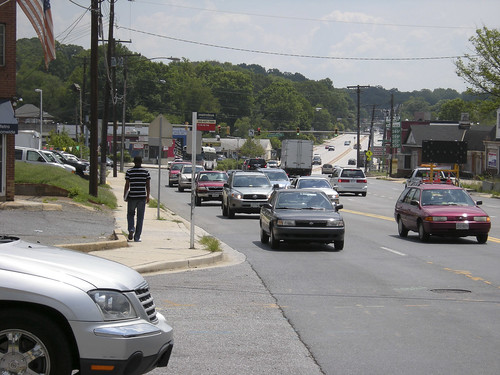


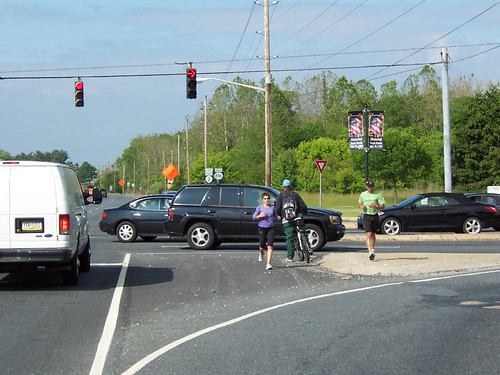


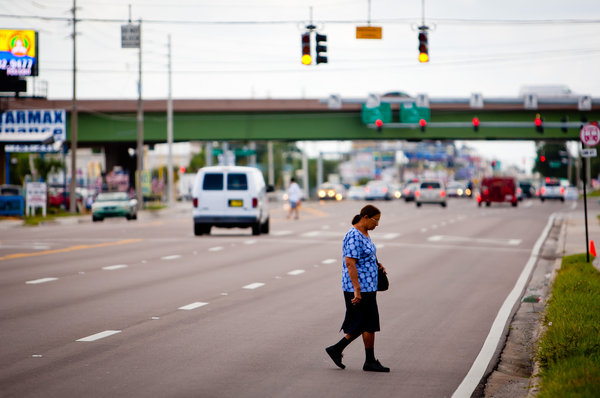
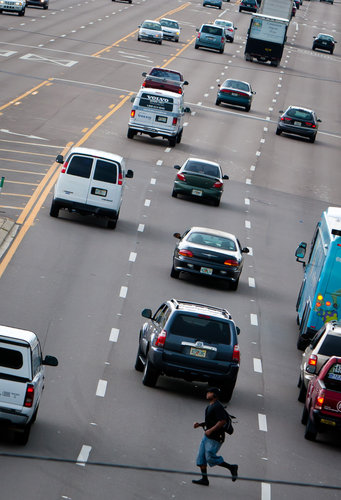

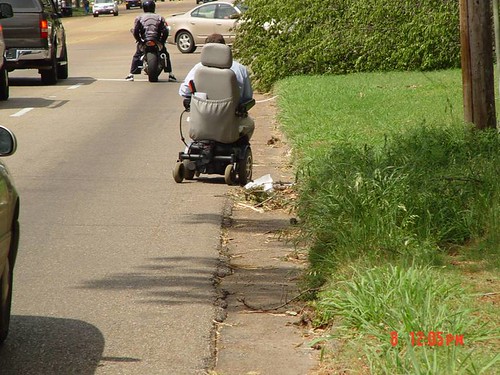



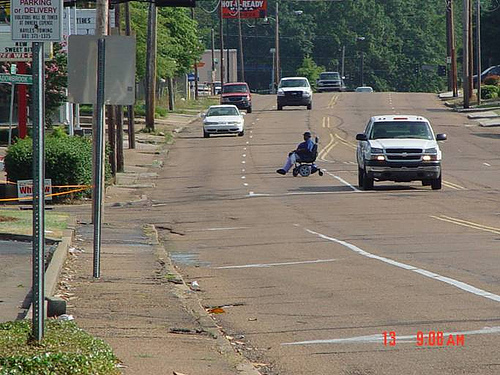
 Tuesday’s release of
Tuesday’s release of 